A ROBOT IN UTOPIA #01. What is up, Doctor?
Survival
Last week wrote in a great piece about Julius Erving and Survival. You can check it here. It was so great, that I could not help digging in myself. Falling through “Dr. J’s” rabbit hole, I found some new stories and facts that my dear friend and enemy The Joker could not cover. I hope after you read this article, you feel the same.
At the end of the post you have plenty of links to satisfy your curiosity…but the main thing, my friend…who are you siding with here? The Joker? The Robot? Let us know!!!
Brothers and sisters!!! This is
, the space where I, , share my view on the most iconic and transcendent figures and movements on business, sports, and arts and culture.Follow me in this wild adventure of learning, discussing, exchanging, changing your mind ,and laugh about every-f***ing-thing.
Dr J, got any Survival pills you can hook me up with?
Julius Winfield Erving II was a Long Island, New York native who received the nickname "Doctor" from high school friend Leon Saunders. Julius started calling Saunders “The Professor”, and Saunders used “The Doctor” to refer to Erving. Later on, in the Rucker Park League in Harlem, people started referring to Julius Erving as “Black Moses” and “Houdini”. To quote Julius Erving himself : “I told them if they wanted to call me anything, call me “Doctor” “. Over time, the nickname evolved into "Dr. Julius" and finally "Dr. J". Erving was first called "Dr. J" by his friend and future teammate on the Squires and Nets, Willie Sojourner.
But way before becoming the “Dr. J”, Julius Erving enrolled at the University of Massachusetts Amherst in 1968. where he averaged exactly 26.3 points and 20.2 rebounds per game. Insane. Julius is one of the seven players (not six,
!) in NCAA history to average more than 20 points and 20 rebounds per game in Men's Basketball, sharing this honor with other NCAA legends like Bill Russell (of course “The Secretary of Defense” is making this list), Artis Gilmore, Kermit Washington, Spencer Haywood, Paul Silas, and Elmore Smith. As Wosny wrote, drop a 20-20 is soooooo savage.Despite this insane performance, his team never made it to the Final Four, where the UCLA Bruins of John Wooden dominated the tournament from 1967 to 1973. This would be the chronicle of his Basketball career, where “Dr. J” would succeed individually but his teams would struggle to collect championships.
To battle UCLA dominance, in 1968 the NCAA adopted a stupid rule that prohibited dunking. This bad joke to the game of Basketball lasted the non-sense of 10 years. In NCAA’s words : ”the dunk was not a skillful shot”. A dunk. Not skillful. Who was advising them? Deloitte? This is why you have to challenge ALL ideas. The rules committee, (Deloitte?) said the ban was also a result of injury concerns. But the media nicknamed it the “Lew Alcindor Rule,” which prohibited players from making shots above and directly over the cylinder. In Alcindor’s words : “To me the new ‘no-dunk’ rule smacks a little of discrimination…When you look at it … most of the people who dunk are black athletes”.
Me, Robot, do not like rules. Me, Robot, disobeys rules. And is not just me who thinks this way. As Katherin Hepburn said : “If you obey all the rules, you miss all the fun”. To quote also General Douglas MacArthur : “Rules are for the lazy to hide behind”.
When you look at Julius Erving highlights and statline, he felt like a “chosen one” player. His career start did not really match these high expectations…let me explain to you…In 1971, he could not join the NBA -rules at the time did not allow teams to draft players who were fewer than four years in college- , so he joined the ABA Virginia Squires.
Here it comes, regulations again on the way! Should we let Julius Erving, the 20-20 NCAA player delight the NBA fans? Naaah, let NCAA kids stay at school…
Under NBA rules, he became eligible for the 1972 NBA draft and the Milwaukee Bucks picked him in the first round with the 12th overall position. Can you imagine “Dr. J” sharing the ball with Oscar Robertson and Kareem Abdul-Jabbar? The Bucks were the NBA Champions during the 1970-1971 season, what a Big Three they would have been!!!
Lew Alcindor (later Kareem Abdul-Jabbar), the one who fiercely dominated the NCAA, and the NBA, could have been “Dr. J” teammate, but life (or maybe himself) had other plans : the first twist in the plot. Prior to the draft, he signed a contract with the Atlanta Hawks worth more than $1 million with a $250,000 bonus. The second twist in the plot, his former ABA team, the Squires, agreed to his demanded contract renegotiation. Later on Julius discovered that his agent at the time, Steve Arnold, was employed by the Squires and convinced him to sign a below-market contract.
There are a lot of concepts that come to my mind right now, but Incentives and Emergent Strategies are getting all my robot-brain attention right now.
Now please, you can grab your popcorn and keep on reading : this created a dispute between three teams in two leagues. The Bucks asserted their rights to Erving via the draft, while the Squires went to court to force him to honor his contract.
What did Julius do? My way or highway : he joined Pete Maravich at the Hawks' training camp. “Pistol Pete” dimming “Dr. J” was not a bad outcome after all. He played two exhibition games with the Hawks…On September 23, 1972, Erving had 28 points and 18 rebounds in 42 minutes for Atlanta in a 112-99 win over the Kentucky Colonels. A week later he scored 32 points with 14/15 from the field in a 120-106 win over the Carolina Cougars. Erving once said : "I remember those exhibition games. I would just grab a rebound, throw it out to Pete and get on the wing. Pete would always find you. He got his points, but he loved to pass the ball. He could hit you in full stride in a place where you could do something with the ball. That was a measure of his greatness".
Too good to be true. The NBA Commissioner J. Walter Kennedy ruled that the Bucks owned Erving's rights via the draft and fined the Hawks $25,000 per game in violation of his ruling. And the worst was about to come, as Judge Edward Neaher issued an injunction that prohibited him from playing for any team other than the Squires.
Julius Erving was so close to join the NBA, and compete with/against the best players in the world, the Wilt Chamberlains, Kareem Abdul-Jabbars, Oscar Robertsons, Dave Cowenses, Bob McAdoos, Tiny Archibalds, Spencer Haywoods, Pete Maravichs, Bob Laniers, John Havliceks, Dave Bings, Rick Barrys, Elvin Hayess, Walt Fraziers, Jerry Wests, Connie Hawkinses…you get it, right? He was forced to go back to the ABA where only Artis Gilmore, Dan Issel and Billy Cunningham were remarkable players. You can give him some credit, Wosny, but ABA Championships, MVPs…etc are worthless.
If there is a person that influenced “Dr. J’s” career, that was Don Ryan. Ryan took a fatherless 12 year old Julius Erving under his wing. “Don was probably the first person who had a truly great influence on my sports career” Mr. Erving said. “Don was the guy who taught me about accountability : there were no road games if you behaved like a bad apple. He’s been a part of my life for a 50-year spread, never more than a phone call away, and I’ve made that call many times”.
Don Ryan was convinced that the Long Island native could dominate New York, and helped him reach the promised land, so I guess “Dr J” definitely made those calls during the 1972-1976 period. Julius proved he could be a NBA star (by reaching two ABA championships with the New York Nets), and also made a household name himself in Harlem’s Rucker Park Pro League, the Mecca for NY finest Streetballers.
Let’s start with Rucker Park. I loooove this story. You are going to get quickly why this is the most famous basketball court on the planet. Why Kobe Bryant and Kevin Durant make time on their summer breaks to play at Rucker Park. Summer of 1971. On 155th Street. “Dr J” led the Westsiders in the Rucker Pro League. Julius teamed up with Charlie Scott, Billy Paultz, Mike Riordan and Brian Taylor. The Westsiders advanced to the final, where the Milbank Pros were waiting for them. The Milbank Pros squad was full of streetball amateur legends like “Pee Wee” Kirkland, Eric “The Elevator Man” Cobb, Joe Thomas, Jake Ford and “Dr. J” nemesis : Joe “The Destroyer” Hammond. Hammond was, by far, the best player in the league. Joe Hammond was an unknown baller, who was drafted with the 5th pick in the 4th round by the Los Angeles Lakers the 25th of March of 1971 despite not playing any single High School or College game. In order you can have an idea of what a character Joe was, he turned down the NBA, the LA Lakers and his $50.000 rookie contract because he was making more money by selling dope.
Joe Hammond arrived to the final in the halftime (rumor has it, in a white limo, but I was not there…) and the Milbank Pros were down 12. That did not prevent him from scoring 50 points in the face of “Dr. J”. You read it right. 50. The game is known as the best streetball game ever. “Dr. J” dropped 40 points, so did “Pee Wee” Kirkland…and after 3 overtimes, The Westsiders won the game.
Don Ryan was right, and “Dr. J” was the man in NY.
In his own words, the doctor explained : “It was the first time I experienced where two points was actually worth more than two points”, Erving said of playing at Rucker Park. “Two points might have been worth a dinner, a date, just definitely more than two points. And I didn’t have that mentality before, but I came to understand that you know the fans came to see and they were concerned about who won or lost, but lots of times, even in defeat, if somebody put on a pretty good show, they could walk off the court a winner”.
Julius also reached the promised land in 1974 and 1976 leading the New York Nets (later New Jersey Nets and Brooklyn Nets) to ABA titles. The Doctor was ready for the next step in his legendary journey. The time for the NBA had arrived.
As the ABA filed for bankruptcy, the New York Nets joined the NBA. The prime time for “Dr. J” had arrived. The good news did not last so long, as the New York Knickerbockers sued the Nets for invading “their NBA territory”. As
mentions, the Nets offered Erving to the Knicks, but the Big Apple squad preferred cash, trusting the roster that gave the franchise their two championships in 1970 and 1973.Julius landed in Philly, where he joined the 76ers. It was big time for Julius in the city of brotherly love. The 1976-1977 NBA season was promising, the Sixers reached the NBA Finals and strike twice the Blazers, but another Bruin, Will Walton, help Portland overcome the 2-0 deficit and move to a 2-4 win for the Trailblazers. Damit, Dr. Julius took the survival pills.
In 1978 the Sixers would lose in the Conference Finals vs Washington, and 1979 in the Conference Semifinals vs San Antonio. More survival pills.
Yes, the San Antonio Spurs were back in the days in the Eastern Conference. If that would have been the case during 2000s, Tim Duncan would have more rings than Bill Russell.
During the NBA drafts of 1978 and 1979, two young talents would land and immediately shake up the NBA. Larry Bird was the 6th overall pick by the Boston Celtics and one year later, Ervin “Magic” Johnson was drafted with 1st overall pick with the Los Angeles Lakers. The battles between “Dr. J” and the new NBA superstars would be epic. They would go beyond the basketball arena and land in the digital world, as Julius and Larry inspire One on One: Dr. J vs. Larry Bird, commonly known as One on One. The basketball video game was written by Eric Hammond for the Apple II and published by Electronic Arts in 1983. It was initially ported to the Atari 8-bit family, ColecoVision, Commodore 64, and IBM PC.
During the 1979 NBA Playoffs, Julius Erving would take under his wing a young Earvin Johnson. At that time, “Magic” Johnson was thinking about leaving Michigan State University to declare himself eligible for the 1979 NBA draft. He called “Dr. J” for advice, and instead of giving him advice by phone, “Dr. J” bought the 19 year old Earving Johnson flight tickets to Philly, let him live in his crib, and mentored him during those days. This is how you do it.
“Magic” Johnson has shared publicly his gratitude to “Dr. J” for this gesture, but would show no mercy during the 1980 NBA Finals where the 76ers were defeated by the LA Lakers. Despite Kareem Abdul-Jabbar being injured, and missing game 6, “Magic” put one of the best performances in the NBA Finals with 42 points triple-double playing as Lakers Point-Center. One more time, “Dr. J” was so close…damit! More survival pills for Mr. Erving!
Story would repeat itself in 1981 with a loss in the Eastern Conference Finals against the Boston Celtics, lead by an out-of-this-earth Larry Bird, and who would collect his first championship. Also in 1982, where the Sixers would reach the NBA Finals again, face the Los Angeles Lakers again, and lose with “Magic” taking the honor of being the MVP of the NBA Finals. “Showtime” Lakers of coach Pat Riley, “Magic” Johnson and Kareem Abdul-Jabbar were simply too much for “Dr. J” and the Sixers.
“Dr. J” did not give up, and worked harder for the 1982-1983 NBA season. Sixers’ General Manager gave the Sixers the missing piece in the puzzle acquiring Moses Malone, who would be the 1983 NBA MVP for the regular season.
The Sixers advanced to the Finals, where, one more time, the LA Lakers of Kareem Abdul-Jabbar and “Magic” Johnson would be the rival to beat.
The moment of truth for Julius Erving had arrived. This time the Sixers were ready. So were the 18.000 in the Spectrum chanting the famous Beat LA! Beat LA!
The 1982-1983 was a season to remember for Philly fans. 67-15 in the regular season. 4-0 in the NBA Finals sweeping the Lakers. Moses Malone again MVP.
Booooom Shakalakaaaaaaa!!!
Finally. The 1983 NBA championship ring was in the doctor’s hands.
And what a career he had…from being an icon in the 70s with his afro style and Converse Pro Leather, to dominate Rucker Park and the ABA, to becoming NBA champion and a mentor for key legends like “Magic” Johnson, Michael Jordan and Charles Barkley.
“Dr. J” would retire in 1987. To prove Julius Erving consistency, his teams never missed a postseason. In 1993, Erving was inducted into the Basketball Hall of Fame.
In 1996, Erving was honored as one of the league's greatest players of all time by being named to the NBA 50th Anniversary Team. In October 2021, Erving was again honored as one of the league's greatest players of all time by being named to the NBA 75th Anniversary Team.
But we are not here to talk just about sports. And so did “Dr. J”, as he would not only succeed in Sports, “Dr. J” was also made for Business. Julius Erving sold majority rights to his name and image to Authentic Brands Group (ABG). Terms of the deal were not disclosed, but sources say that Erving will get an upfront guarantee as well as royalties associated with the deal. As part of the contract, ABG has filed for the trademark to "Dr. J" as well as Erving's signature in the US and in various countries.
Authentic Brands filed for an initial public offering in 2021 before withdrawing its application last year at the beginning of a listing drought. It's the second deal made in the past few months by ABG, who structured a similar deal with Shaquille O'Neal earlier this year. ABG also controls the licensing rights to Muhammad Ali, Marilyn Monroe and Elvis Presley and owns sports brands including Prince, Spyder, Tapout and Tretorn.
In many ways, Erving was the original athlete-businessman for NBA players. His first deal with Converse was worth an unprecedented $20,000. Erving was also part of the first licensed video game "Dr. J vs Larry Bird," which was released by Electronic Arts in 1983. As part of his endorsement, Erving took the option to purchase 20,000 shares of the company at $1 a share. He held on to it, which was eventually worth millions. He also was an investor in a Philadelphia-based Coca-Cola bottling plant for more than 20 years.
“Dr. J” was not prolific himself on the art scene, but he inspired a great streetart piece by Kent Twitchell in 1234 Ridge Avenue, Philadelphia. It took around one year to Twitchell to finish the masterpiece, between 1989 and 1990. As part of the Mural Arts Philadelphia program, started by Jane Golden in 1986, and became the biggest public art project in the whole USA.
He influenced as well the musical scene. There has always been a great connection between music and basketball, dating all the way back to when basketball games were actually played in dance halls. Julius Erving was mentioned in many songs during his career, ranging from Run-D.M.C.'s "You be Illin'" to Kurtis Blow's "Basketball" but he also had the great honor of having an entire song composed as a tribute to his greatness: Grover Washington Jr.'s "Let it Flow (for Dr. J)."
Wrap Up
I want to let Julius himself close this article : “Being professional means doing the things you love to do, when you don't feel like doing them” .
There are a lot of things to learn from “Dr. J”’s journey, so I will give you some ideas…but I will not do it alone. I am going to do it together with
. For good or bad, i like that Joker. Just look for us in the .You would like to check this :
01 Wikipedia page of Julius Erving
02 About Don Ryan, “Dr. J” mentor :
03 “Pee Wee” Kirkland, Tom Hoover and “Tiny” Archibald about “Dr. J” and Rucker Park :
04 “Dr. J” and Rucker Park article
05 Rucker Park League in the 70s
06 Slam Article about Joe Hammond
07 Article about Westsiders vs Milbank Pros
08 Video on Rucker, Joe Hammond and Charlie Scott :
09 Joe Hammond, legend of the playground
11 “Dr. J” working out with Atlanta Hawks and Pete Maravich :
12 “Dr. J” talking about “Pistol” Pete :
13 Article about “Dr. J” playing with Pistol Pete
14 Julius Erving Top 10 Career plays :
15 “Dr. J” dunking over giants :
16 Julius Erving 75 stories :
17 NBA Legends on Dr J :
18 “Dr. J” as a mentor with “Magic” Johnson :
19 “Dr. J” as Michael Jordan’s mentor :
20 How Dr J changed videogame industry
22 Kent Twitchell “Dr. J” wall in Philly
24 Dr Retirement tribute Everything Good Takes Time (1987) by Jeffrey Osborne :
25 Groover Washington Jr - Let It Flow :



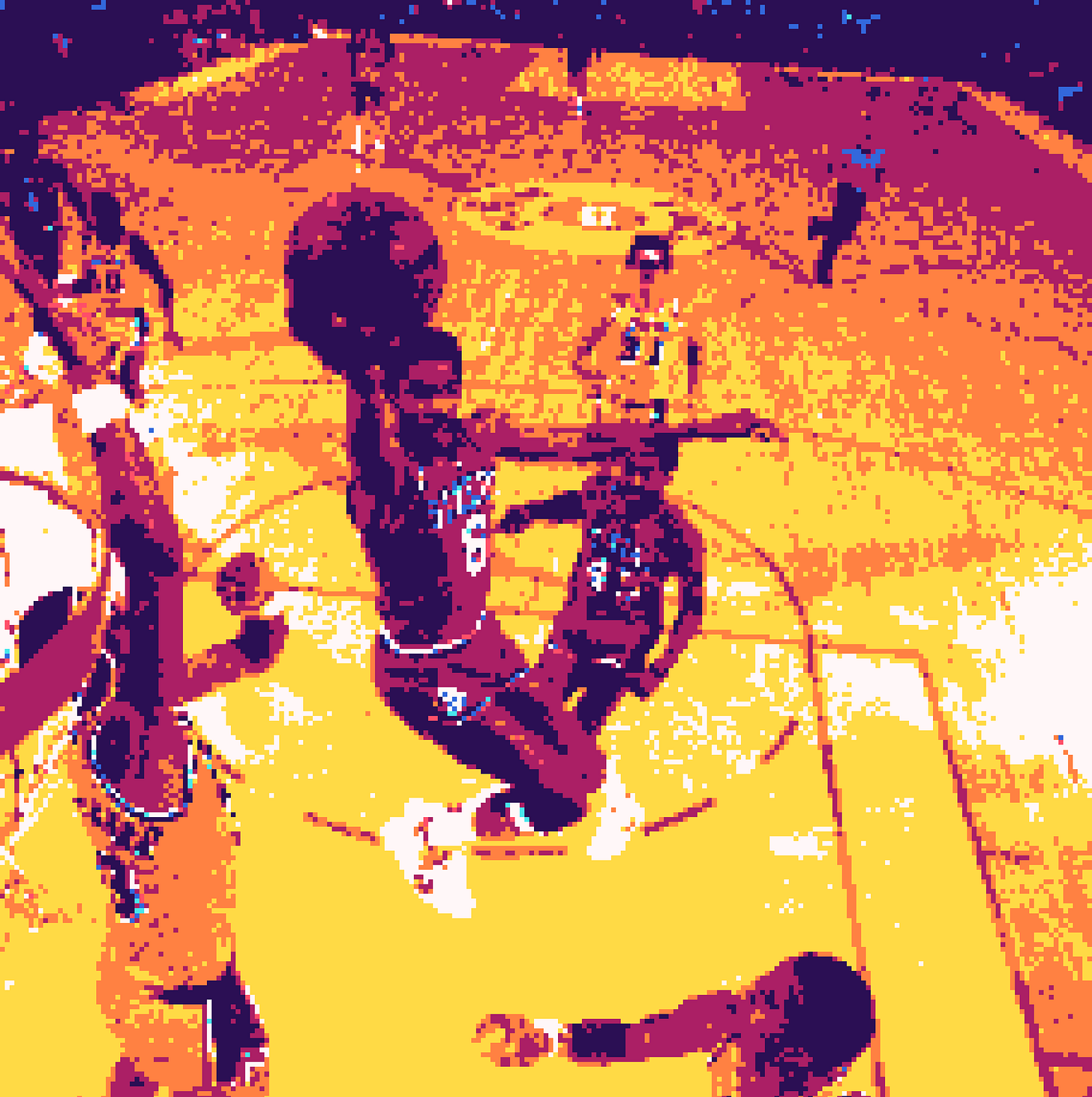

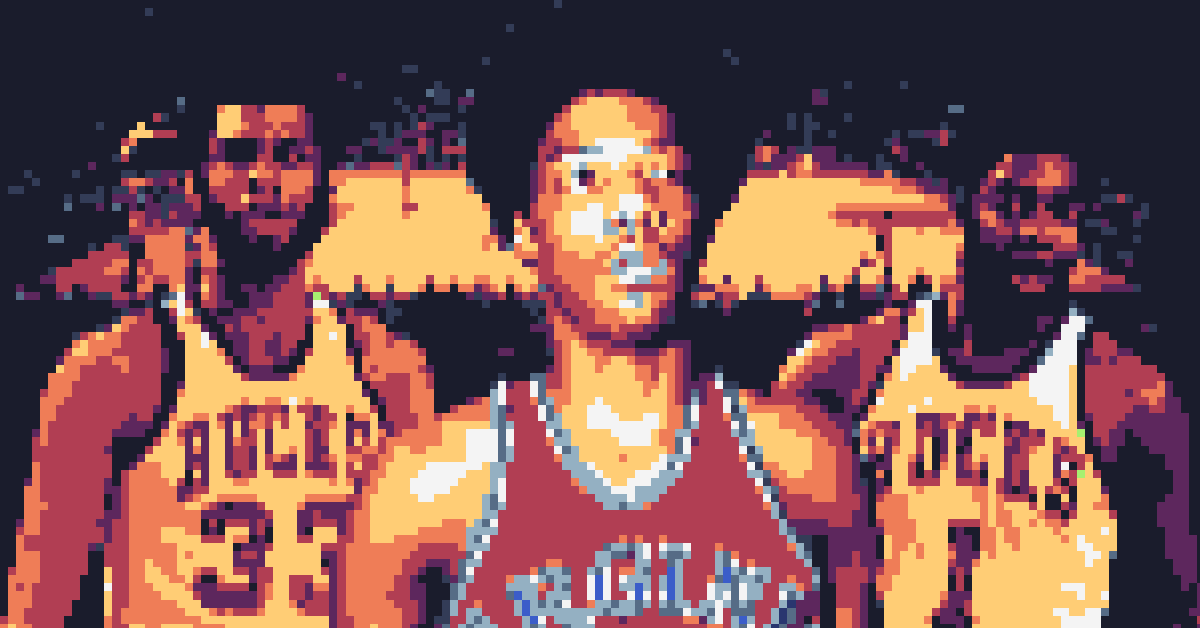
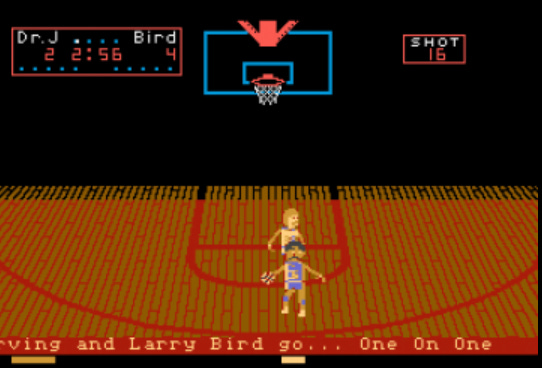
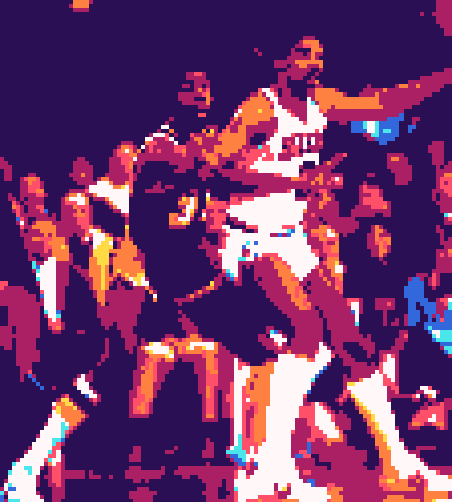
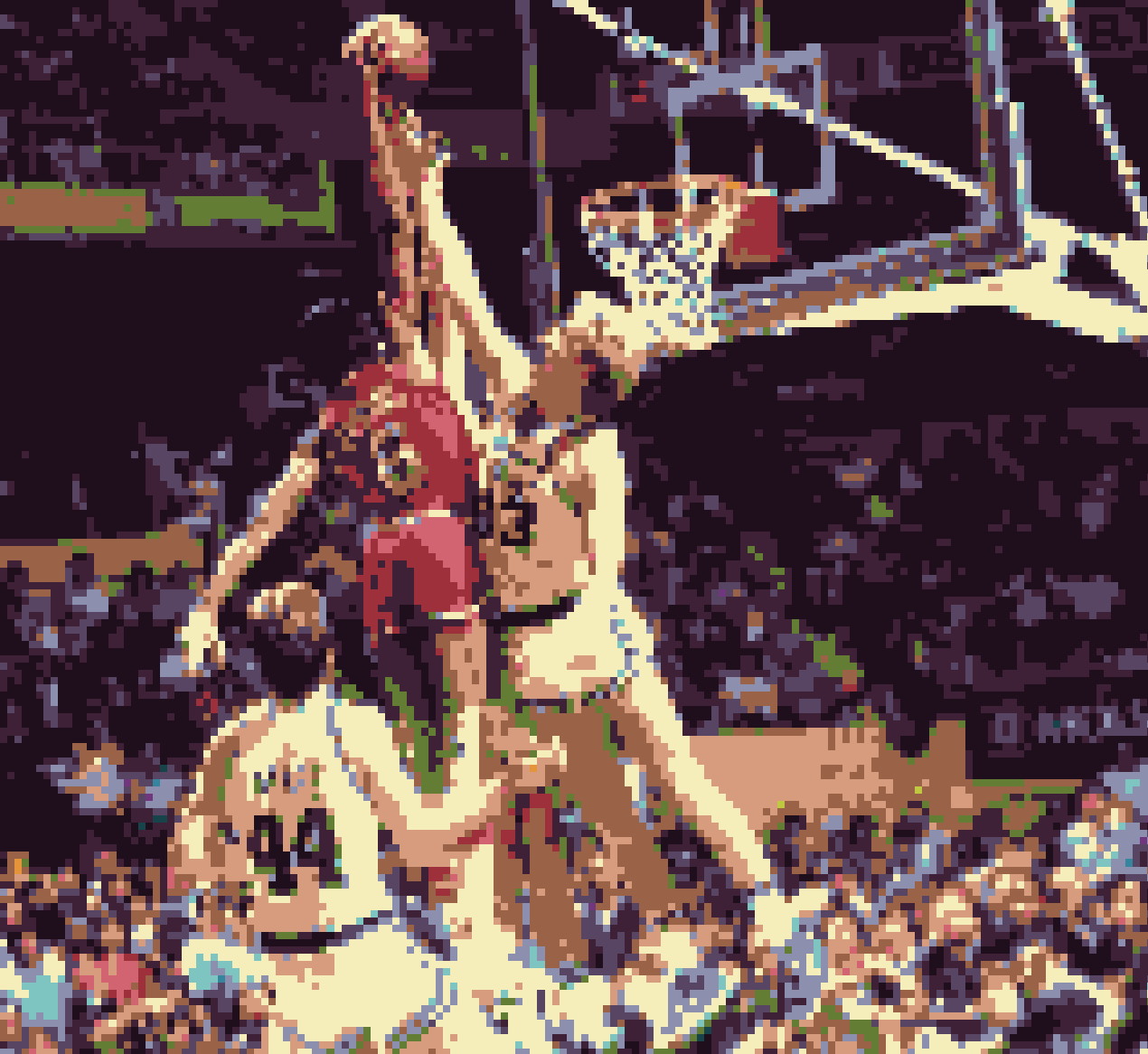
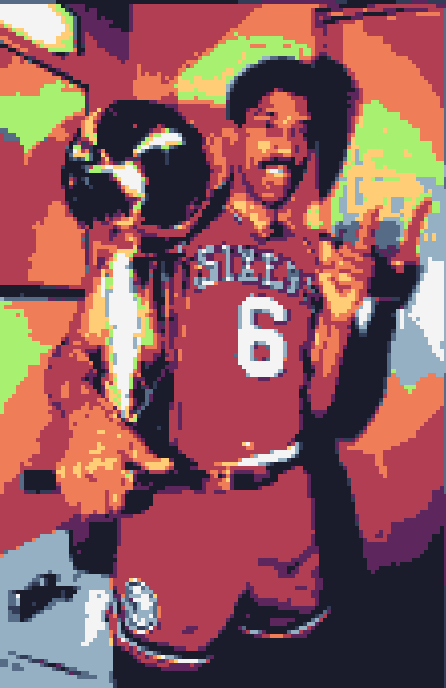

You knocked me out with this response article, buddy!